When it comes to keeping your bathroom in tip-top condition, having an effective towel rail element is a must. In fact, research suggests that over 96% of people are not aware of the importance of having one installed correctly.
Whether you’re looking for a way to keep your towels warm and fluffy or just want something more energy efficient than traditional heating options, getting up to speed with what you need to know about towel rail elements can be a great help.
This article will explain everything there is to know about how they work and why they are so important when it comes to maintaining a comfortable temperature in your home. We’ll discuss the different types available on the market today and how you can find the right option for your needs. Finally, we’ll provide some handy tips on how best to install and maintain your new towel rail element so you can enjoy its full benefits without any hassle.
So if you’ve been searching for a simple yet comprehensive guide on all things related to towel rails elements then look no further – this article has got you covered! Read on now as we explore exactly what makes them such an indispensable part of any modern bathroom setup.
What Is A Towel Rail Element
So, you’re looking for information on the mysterious and alluring towel rail element? You’re in luck! It turns out that a towel rail element isn’t some sort of weird intergalactic object or mythical creature – it’s actually quite simple.
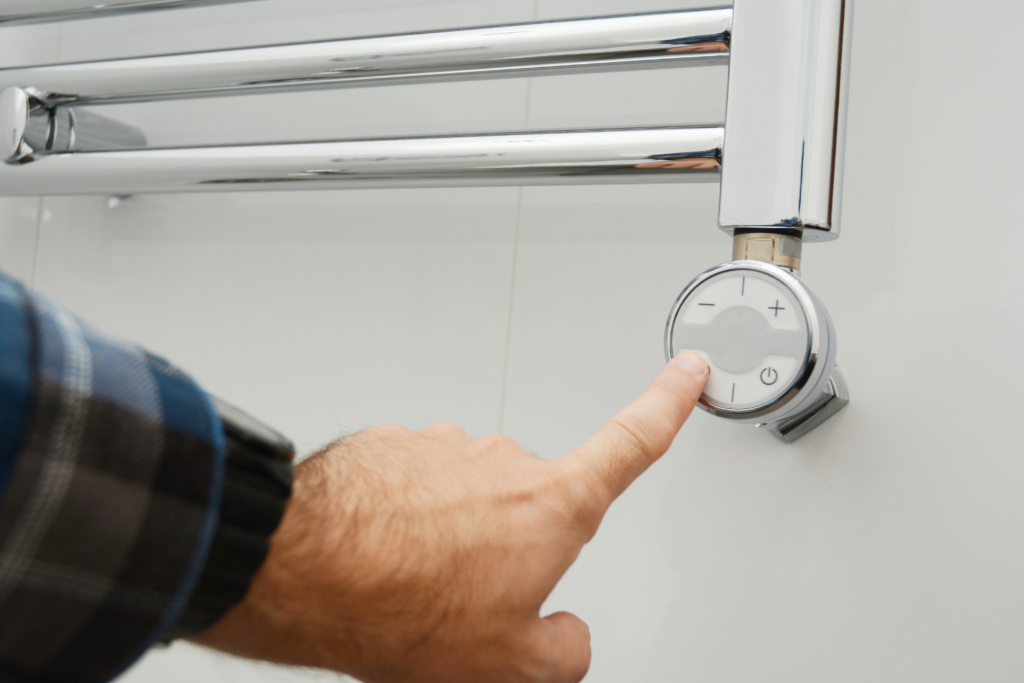
A towel rail element is an electric heating element which can be used to heat your bathroom towels. The elements come in several different forms including thermostatic, standard and even more advanced varieties with wi-fi capabilities. Depending upon what type you choose, they have different levels of complexity and efficiency when it comes to keeping your towels warm.
In most cases, a standard towel rail element should suffice as these are relatively easy to install and maintain. They also provide enough warmth for average-sized bathrooms without taking up too much space. On the other hand, if you need something with higher performance capabilities then a more complex option such as a thermostatic towel rail element might be worth considering.
If you’re in the market for a towel rail element, you might like to check out our recent article on the best towel rail elements in the UK – based on their functionality, style, quality and overall practicality.
So there you have it: everything you need to know about this intriguing piece of hardware! Whether you opt for the simplicity of the standard model or decide to go all-out with a fancy thermostatic version is entirely up to you – but either way, one thing is certain; having a quality heated towel at your disposal will always make bathtime better. Now let’s take a look at how exactly does this magical equipment work…
How Does A Towel Rail Element Work
A towel rail element is like an electrical powerhouse, converting energy into heat with aplomb. It’s the unsung hero of your bathroom, quietly working away to provide you with warmth and comfort – so let’s explore how it really works. In order to break down the complexity of this process, here are four concise yet illuminating steps:
1) Electric Element – at the very core of a towel rail element lies its electric element which uses electricity to generate heat through resistance. This can be either an open or capped type depending on your needs; both will convert electricity into heat but in different ways.
2) Energy Into Heat – once the electric current enters the unit, it passes through the thermostatic heating element where it turns into thermal energy that warms up the towel rail. This happens when electrons move around within a conductor such as copper wire, creating friction and thus releasing heat.
3) Thermostat – this component helps regulate temperature by responding to the changes in temperature. When these change it causes fluctuations in power output from the electric radiator element resulting in more or less heat being generated.
The complex workings of a towel rail element can seem daunting at first glance but understanding them gives us greater control over our environment and opens up possibilities for customizing our own home comforts according to individual needs and preferences. With this knowledge under our belt we can now look towards exploring what types of elements are available…
What Are The Different Types Of Towel Rail Element
Towel rails elements come in a variety of shapes and sizes Depending on the room and style of the bathroom, there are different types of towel rail elements to choose from. They vary from traditional designs to ultra-modern looks, so it is easy to find something that fits the overall design aesthetic. Additionally, they come with a range of different functionalities:
Non-Thermostatic: Non-thermostatic towel rail elements are the most basic type of towel rail element. They are typically wired directly into the mains power supply and are controlled by a simple on/off switch. They provide a constant heat output and do not have any form of temperature control.
Wifi-Controlled: Wifi-controlled towel rail elements are a modern variant of the non-thermostatic element. They are connected to the internet and can be controlled remotely from a smartphone or other device. They allow users to set a desired temperature and output, giving them more control over their heating.
Thermostatic: Thermostatic towel rail elements are the most advanced type of towel rail element. They are usually wired into a central heating system and have an internal thermostat which can be set to maintain a desired temperature. They are also capable of automatically adjusting the heat output depending on the current room temperature.
No matter what kind of towel rail element you choose, all will add style and warmth to your bathroom while still being energy efficient – something that should always be taken into consideration when looking for ways to improve your home’s heating system! With this knowledge in mind, let’s explore how these components are installed…
How Are They Installed?
Installing a towel rail element can be likened to putting together an intricate puzzle. There are many components that must fit together perfectly for the job to be done safely and correctly. Qualified electricians should always handle the connection of a towel rail element as it involves connecting an electric heating element to a power supply. This is typically done by using a T-piece, fuse spur switch and straight cable flex, which then needs to be connected securely in order for the system to work properly.
The process begins with ensuring all electrical connections have been made according to safety standards before moving on to mounting the radiator onto its brackets or wall fixed plate. Once this is completed, the next step is attaching the plumbing pipes so they connect into the correct position on either side of the unit. The final task will involve screwing in any additional parts such as thermostatic valves or lockshields if necessary before testing and commissioning everything once more.
It’s important that professional help is sought out when installing a towel rail element in order to ensure there are no risks associated with its use later down the line. If not fitted correctly, there could potentially be serious consequences caused by incorrect wiring practices or inadequate installation methods being used during fitting.
A thorough inspection from a qualified tradesperson should take place at each stage of installation – from initial setup through to final completion – in order to guarantee that safety regulations have been adhered too and all elements are secure for maximum efficiency and performance. With these steps taken care of, you’re ready move onto learning about what a dual fuel set up entails…
What Is A Dual Fuel Setup?
Towel rail elements are an important part of any bathroom, providing warmth and comfort for those chilly mornings. But what exactly is a dual fuel setup? In this section, we’ll discuss the advantages of installing a dual fuel towel rail element, as well as how to select the right size and wattage for your needs.
A dual fuel towel rail is one in which both mains electric and heat setting can be used – allowing you to control the temperature more accurately than with just electric alone. It’s easy to install: all you need to do is connect it directly into your existing heating system and then switch on the timer button or thermostatic element. This will allow you to keep track of when to turn off the heat with ease!
The main advantage of using a dual fuel towel rail element is that it gives you greater flexibility over how warm your bathroom gets. By adjusting the settings, you can ensure that your towels stay at a comfortable level without having to worry about overheating them – great if there’s someone else who prefers cooler temperatures! You also don’t have to remember to turn off the heater after every use since it has its own timer function.
Installing a dual fuel towel rail element means taking control of your home’s climate – no more shivering through cold showers or dreading damp towels! With these benefits in mind, let’s look at selecting the right size and wattage for your individual needs…
Selecting The Right Size And Wattage For Your Towel Rail Element
When it comes to selecting the right size and wattage for your towel rail element, there are a few things you should keep in mind. Firstly, consider the heat output that you will need from your element. The higher the wattage of an element, the greater its heat output capacity. Therefore, make sure you select one with enough power to warm up your bathroom space efficiently. Additionally, take into account energy usage when choosing the correct size and wattage. If efficiency is important to you, then go for something with lower energy consumption rates over time.
The next factor to look at is how quickly you want your towel radiator element to be able to reach temperature. You can adjust this easily by taking into consideration both the wattage level and also how long it takes for each degree increase or decrease in temperature levels. To do this correctly though you may require a special wrench so as not to damage any internal components within the element itself.
It’s worth noting too that if you choose a smaller sized element than what is already installed within your system then it won’t generate sufficient heat which could cause problems such as lukewarm temperatures being produced instead of a hot towel rail. On other hand if an oversized element is chosen then excessive amounts of electricity will be used resulting in higher electricity bills and the element ‘shorting out’ from overheating.
So when making your selection ensure that all factors have been taken into account especially regarding heat output and energy usage – only then will you know that you have selected the correct size and wattage for your towel rail element. With these considerations weighed up, let’s now explore some of the potential benefits of investing in a quality product like this…
What Are The Benefits Of Towel Rail Elements?
Towel rail elements are a great way to heat your bathroom and keep towels warm. With an electrical heating element, you can enjoy the convenience of manual control over how much warmth is generated in the room. Heated towel rails also make for nicer spaces with their sleek designs that fit into any modern home.
A Terma MOA blue heated towel rail element provides numerous benefits in terms of comfort and energy efficiency. It has a compact design which allows it to be installed easily even in tight spots or narrow bathrooms. The automatic temperature control system ensures optimal performance while providing safety against overheating.
In addition to its practical advantages, using a towel rail element adds visual appeal to your bathroom decor. By combining both form and function together, this type of appliance creates an attractive focal point that will transform the look of your space without compromising on quality or performance. Furthermore, the thermostat regulation feature helps maintain ideal temperatures while conserving electricity consumption too!
Who Installs Them?
Who holds the power to transform your bathroom into a luxurious spa-like experience? The answer lies in towel rail elements. From steaming hot towels, to having a warm and cozy sanctuary; when it comes to installing these essential pieces of equipment, you need to rely on experts who know what they’re doing.
Having an understanding of the installation process is key — it can be complex and time consuming if done incorrectly. A qualified electrician or plumber will ensure that your towel radiator is correctly connected and safely fused spur with an appropriate wall timer. This guarantees maximum performance while avoiding any potential hazards which could arise from incorrect wiring.
The right expert will also help by taking measurement accurately so that there are no issues with size or shape fitting into the existing space within your bathroom. As well as this, they’ll provide advice about safety regulations like minimum distances between electrical components and water sources for example.
When it comes to finding someone trustworthy for the job, look for experienced professionals who specialize in towel rail element installations – make sure their qualifications meet the relevant standards too! With the perfect person at hand, you’re just moments away from wrapping yourself up in a dry towel after every shower.
How Much Do They Cost To Run?
Towel rail elements can be an affordable way to keep your bathroom toasty warm. On average, it costs around £10-£20 per year to run a standard-sized element (300-400 watts) when used for 4 hours a day. However, the price can be higher if you use it for longer periods or with a higher wattage. To save on energy costs, you can use a thermostatic element that only heats the towel rail when it’s needed. It’s always a good idea to check with your supplier for the exact running costs.
One way to reduce this further would be to invest in a an element with a handy timer that allows you control over when the heater is switched off and on throughout the day; reducing wasted energy and associated bills at the same time.
In terms of other elements such as a thermostatic heating element, these too require some form of power source (electricity) but tend to use less than traditional on/off elements due to their ability to regulate temperature more efficiently. The advantage here being that they will switch themselves off once they reach pre-set temperatures, preventing any unnecessary wastage or excessive electricity usage.
So when thinking about what type of towel rail element could work best for your home and budget, always factor in the running costs too – something which may sway your decision from one option to another! Taking this into consideration should help ensure you make an informed choice before making a purchase.
Frequently Asked Questions
How Long Does A Towel Rail Element Last?
The longevity of a towel rail element is like the ticking of time, always present yet fleeting. Much like our lives, it can often feel all too short and uncertain. So, how long does one last?
When properly installed and maintained, a towel rail element should provide years of reliable service- usually between 10 to 12 years on average. The lifespan will depend largely on its quality and construction as well as installation practices and everyday usage. For instance, elements made from stainless steel tend to be more durable than those made from other materials such as brass or copper. Similarly, proper installation techniques that ensure good contact with the heating surface will greatly increase performance and reliability over time.
Finally, regular maintenance also plays an important role in keeping your towel rail element running smoothly for longer. This includes checking the thermostat regularly to make sure that it’s not overheating, replacing any worn parts when necessary, cleaning the unit periodically to remove dust build-up and debris, and ensuring adequate ventilation around the appliance at all times. All these steps are essential for preserving optimal functioning of your towel rail element.
To get the most out of your purchase then, it pays to invest in quality products with robust construction methods as well as taking care of them diligently throughout their lifetime – much like we do ourselves!
The great thing about towel rail elements is that when installed correctly, they last for several years without needing any maintenance – giving you peace of mind knowing that even when winter comes around again you won’t have to worry about replacing them anytime soon! So whether you need something simple and affordable or a more robust option with plenty of watts behind it, take time to research different types before making your decision so you get one that meets all your requirements while also keeping things nice and comfortable inside your home.
Are Towel Rail Elements Safe To Use?
When it comes to towel rail elements, safety is paramount. Most come equipped with thermal fuses which will shut off the power supply once the temperature reaches a certain point, and many also feature built-in anti-overheat protection measures. For added security, high quality models may include earth leakage circuit breakers and ground fault interrupters. Most manufacturers also offer warranties on their products, giving you peace of mind that you are covered should anything go wrong with your towel rail element during its lifetime.
It goes without saying that choosing a good quality product is essential to ensure maximum safety when using a towel rail element in your home. Taking all of the above information into account, it’s fair to say that investing in one of these could prove beneficial in terms of convenience as well as peace of mind. All things considered, no matter whether you decide to purchase one or not, being informed about this type of device is crucial before making any decisions regarding its usage in your household.
How Do I Maintain A Towel Rail Element?
Maintaining the condition of your towel rail element doesn’t need to take up too much time; just remember to keep it regularly cleaned and inspect it occasionally for signs of wear and tear. A few simple steps every now and then should help ensure that your fixture looks great for years to come.
Are Towel Rail Elements Energy Efficient?
The good news is that there are some elements available which offer excellent energy efficiency ratings. These units feature low wattage motors and advanced thermal insulation, so you can enjoy maximum comfort while using less electricity. Furthermore, many models come with adjustable temperature settings, allowing you to control exactly how much warmth your room gets without wasting precious resources.
Overall then, when choosing a new towel rail element for your bathroom or another space in your home, it’s worth exploring options that boast high energy efficiency ratings. Doing so could save you money over time by reducing your utility bills and potentially even increase your property value as well!
Conclusion
It is clear that towel rail elements are a great way to provide warmth and comfort in any home. They last for many years, provide an adequate amount of heat, and can be safely used with the proper precautions. Furthermore, they require minimal maintenance to remain in good working order.
When considering whether or not to install a towel rail element in your home, it’s important to think about energy efficiency as well. Towel rail elements use less energy than other heating methods while still providing enough heat to make your bathroom comfortable during chilly months.
But there is one more question you should ask yourself: Is investing in a towel rail element worth it? Ultimately, this depends on how much value you place on convenience and comfort when taking a shower or bath. With all its advantages, a towel rail element may be just what you need to turn your bathroom into an oasis!


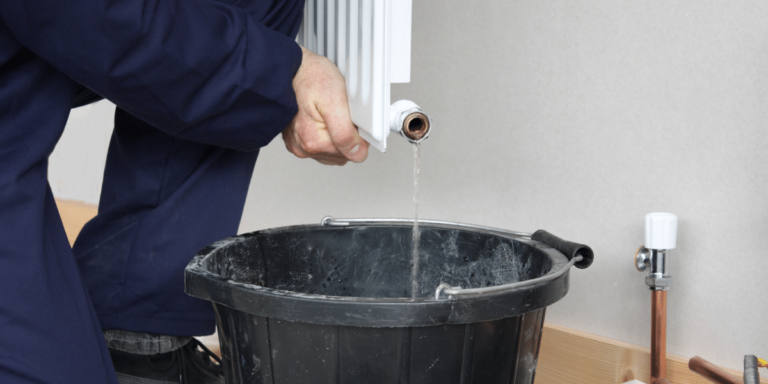
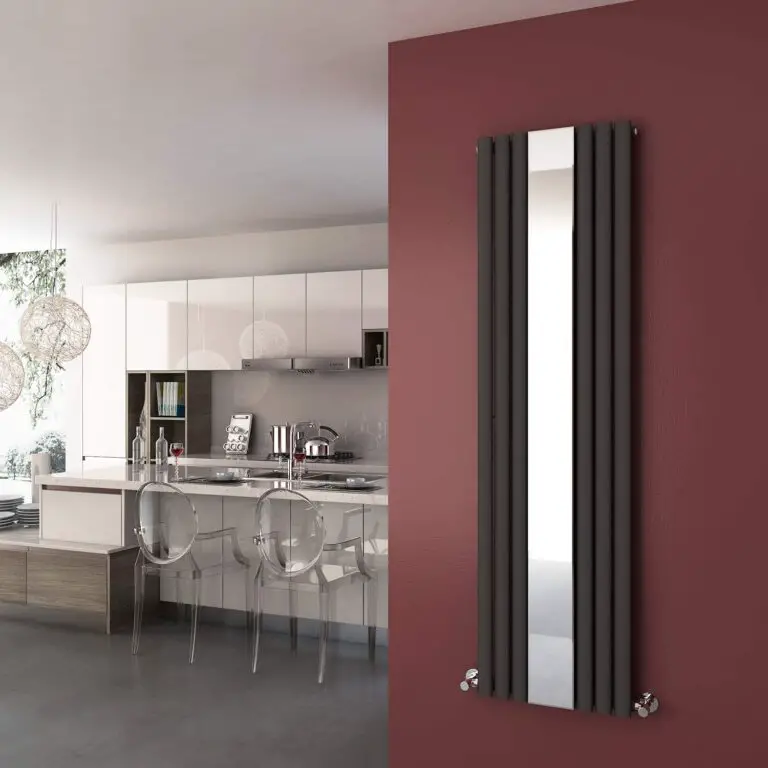

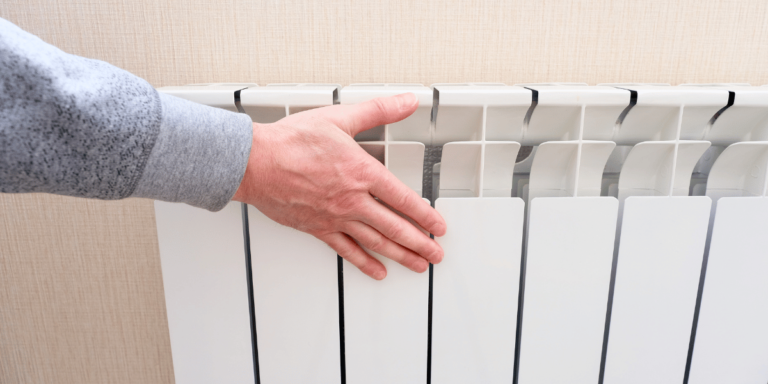
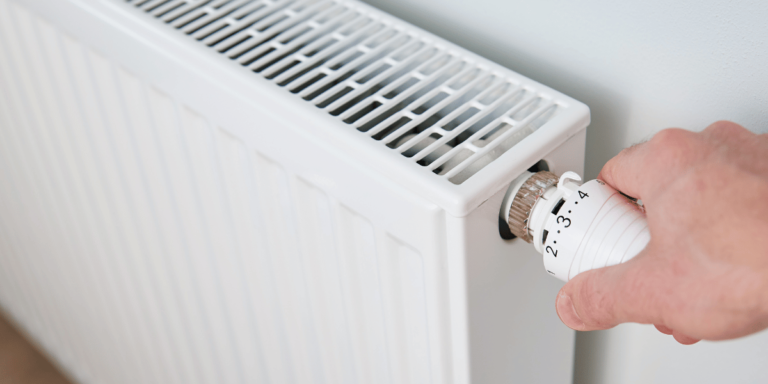
Is there a way to estimate an appropriate wattage of heating element based on the wattage rating of the radiator? Presumably, with a thermostatic element it is better to err on oversizing, as the thermostat will prevent overheating (and the energy use will end up the same)?
Hi Joe,
Thanks for your question – we usually recommend being within approximately 10% of the wattage of the towel rail or radiator. So, if you’ve got a 500W radiator then you could go for one between 450W-550W, depending on the size variants offered by the retailer.
Overall, as you say, it’s usually better to go slightly above the wattage of the towel rail. If it overheats then the element will switch itself off, however you want to avoid oversizing too much as the element may trip out.
Hope this helps!
Thanks,
James
Hello, we have two dual fuel heated towel rails. We’ve just had a new boiler installed and the heating was flushed as part of this process and inhibitor added. Following this, the rails now only work on the central heating system and not on their electrical controls. Any ideas what could have happened? We know we out at least one in when the CH system was empty of water – did we burn out the element?
Hi Kate,
Thanks for reaching out! From what you’ve described, it sounds like the electrical element may have been affected during the process, especially if the system was empty of water at any point. Dual fuel systems are quite sensitive to situations like this. It’s possible that the element may have burnt out if it was running without water, which would explain why it only works on the central heating now.
I’d recommend getting the element checked by a professional to see if it needs replacing.
Hope this helps!
Thanks,
James